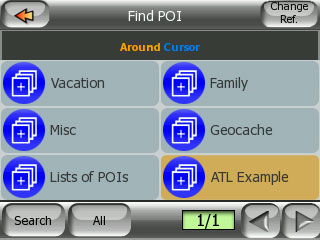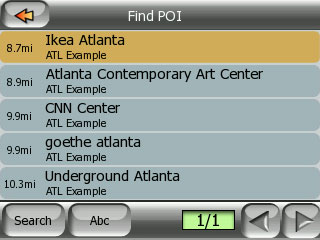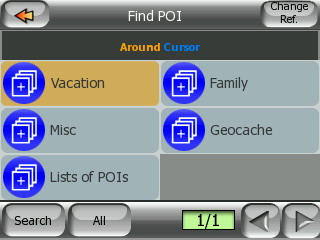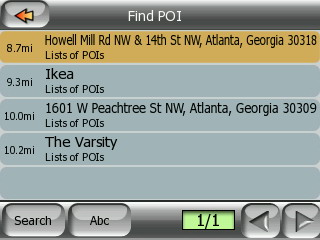I’ve mentioned recently that Trixbox released their final 2.2 version. I’m running 2.1 and have been enjoying a great amount of success with that version. If it ain’t broke, do I need to fix it? I’ve always been on the bleeding edge of things so my gut says yeah, I need to upgrade. It’s a real problem for me. I always need to try the latest firmware, software, version of whatever I have. Sometimes it has gotten me into trouble, (with my wife), but it will just gnaw away at me until I do something about. That’s the case with the recent release of Trixbox 2.2. I’ve been watching the forums and I believe tonight is the night to make the jump.
(gawd, I hate that Rhapsody’s Comcast client takes FOREVER to load; don’t they know I am trying to stuff while listening to some ‘tunes!?!?!?)
So, anyways, here’s what’s new in 2.2:
Some of the things I like is the “dashboard” that is the first thing you’d see when logging as ‘admin.’ The UI looks pretty sweet. On my existing system, I catch a memory leak from time to time that affects my system’s performance, so I like being able to see that sort of info on the front page. The Web UI to administrate the network will help a lot of people who may not know how to configure network interfaces. My setup isn’t typical for most home users. You can read about it here.
The update instructions can be found in the Trixbox forums:
You can NOT run trixbox-update.sh to upgrade to 2.2!!!
Upgrade via the package manager by installing tbm-GUICore or by running yum update at the command line.
I picked the “yum update” route. Man, I wished I made a backup before I started. I had to update 177 packages at 225MB.
You see, here’s my problem. I can really only work on this stuff at home when everyone is in bed. It’s already midnight and if the family wakes up to an inoperable phone system, we might as well put in the order for a new land line; shudder! But, the downloads are flying by, this may not be too bad. Might be time to refresh my Vodka. In case you are interested, I use VNC to admin my boxes from my WinXP system upstairs; the UNIX and Linux boxes are in the basement.
While this is continuing to download, I feel like we finally have a chance to talk. You know what pisses me off? Here’s a list (unrelated to the the actual update):
- People who don’t put shopping cars back into the cart coral at supermarket parking lots. You are one lazy mo-fo.
- People talking on cell phones in high speed, high density traffic. Get a headset, dumbass.
- News reporters (on TV) who use their hands too much when giving a report. By the way, does it really make a story more interesting if you are standing outside of closed office of something you are doing the piece about? Lame.
I could go on, but the downloads are almost finished. Let me refresh my drink while it finishes up. Oh man, 385 packages are now being updated! How painless will this be??? The updates are done. I am going to make the assumption that I need to reboot. I hope it comes back up!
It came up, but if I went to a web browser, it looked like the older version. What did I miss? If I go to Asterisk menu, I am getting MySQL errors like the password is wrong. However, if I go to the “Asterisk Info” page, it appears with the UI seen in the video.
[nativecode=Access denied for user 'asteriskuser'@'localhost' (using password: YES)] ** mysql://asteriskuser:XXXXXXXXXX@localhost/asterisk
This requires more investigation! I had changed the default password when I initially set all of this up, but I can’t remember what the original password was for the user.
I couldn’t find it anywhere on the web and I couldn’t log it, so I tried installing phpwebadmin, specifically tbm-phpmyadmin.noarch. I was able to reset the password to the one I had specified in:
- /etc/asterisk/manager.conf
I rebooted once I reset the password. After the reboot, I was able to call out okay, but it was too late to try calling in, (and risk waking up the boss). So far so good.
I had installed Munin manually last go around, but now when I tried to access it via the TB interface, I got a spewload of errors. Small potatoes. I’ll worry about it later.
I’m wiped out so off to bed… and more later as I delve into this project.
EDIT: Part II of this can be found here: Trixbox Upgrade part II







 FourSquare
FourSquare GooglePlus
GooglePlus LinkedIn
LinkedIn Twitter
Twitter